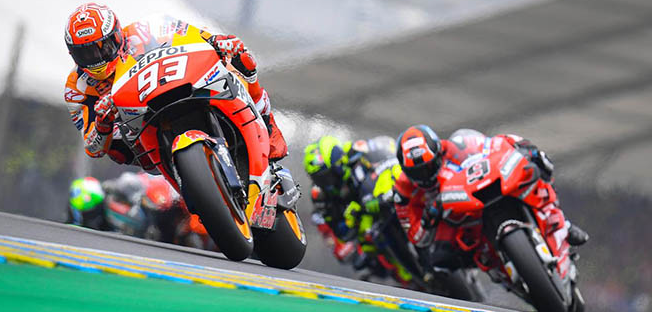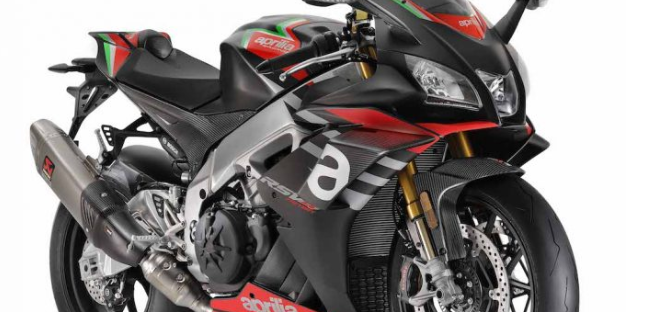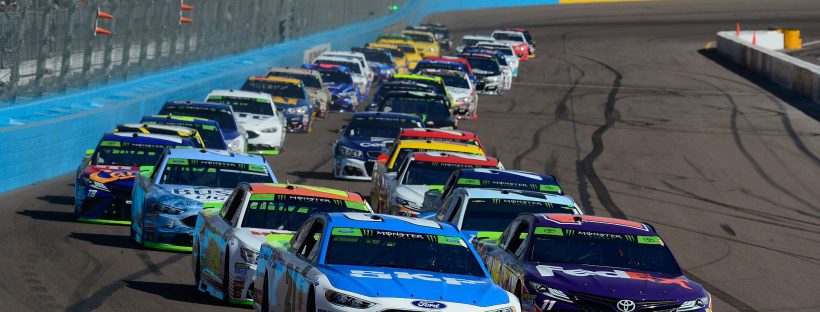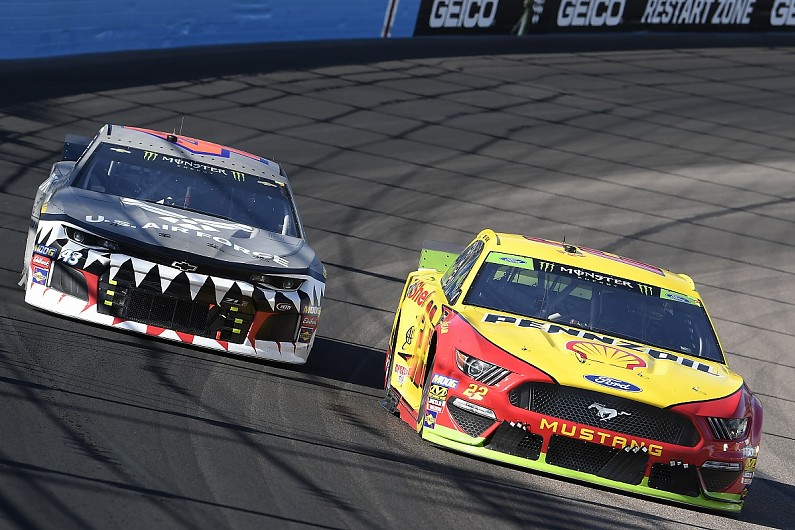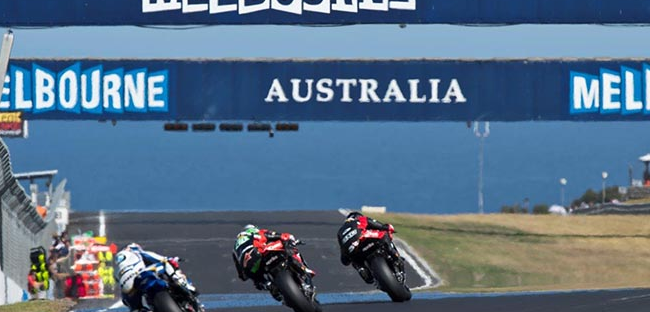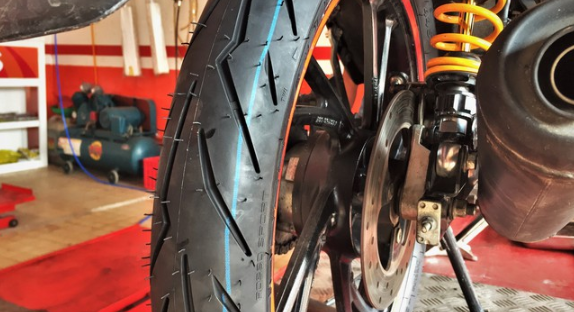COVID-19 is heavily affecting all major sporting events in 2020, and racing is no exception. The world’s leading racing competitions in both 2-wheel and 4-wheel drive are in an emergency situation, forcing to constantly leave schedules and cancel races.
Up to the present time, MotoGP is the tournament making the fastest decisions about the status of its upcoming races. Specifically, after leaving the Thai GP schedule to early October, the FIM federation and the owner of the Dorna Sports tournament decided to leave two more races in April, the US and Argentina to mid-November next, before the evolutions. complex of COVID-19.
MotoGP will have to wait at least until May to start the fight
Italy has declared a “national closure”, meaning that the country will be unable to make it to the venue or if it can, if possible, as well. will immediately be isolated for at least 14 days upon arrival in that country.

Since then, the tournament is trying to find the most reasonable solution to “salvage” the season. They are trying to find a venue to replace the Qatar GP where the highest mode MotoGP cannot take place.
In addition, they do not exclude the ability to organize races without spectators watching the track and can extend the season to December if necessary. With that, the format of racing 2 races in the same weekend like what WorldSBK or other young leagues are doing.
Under a contract agreement between the FIM and MotoGP federation, the tournament must hold a minimum of 13 races in a season and they are still fully confident that they will do it this year.
The WSBK also faces turmoil on the 2020 schedule
So according to the scheduled race at this time, the riders, the team will have a busy schedule in the last two months of this year if things do not have new developments. In particular, the last 8 races from the 12th to the 19th stage will start at Aragon on September 27 to the season-ending stage in Valencia at the last week of November, exactly as the ‘sprint stage’ of the year.
After MotoGP, the lower level tournament of World SBK has also made adjustments to suit the upcoming events. The WSBK completed the first leg on Phillip Island, Australia in early March but canceled the second leg at Losail, Qatar on this weekend following the domino effect from MotoGP.
The third leg, scheduled for the weekend of March 27-29 in Jerez, Spain, was officially postponed and pushed down to become the curtain-cutting stage on October 23-25.
